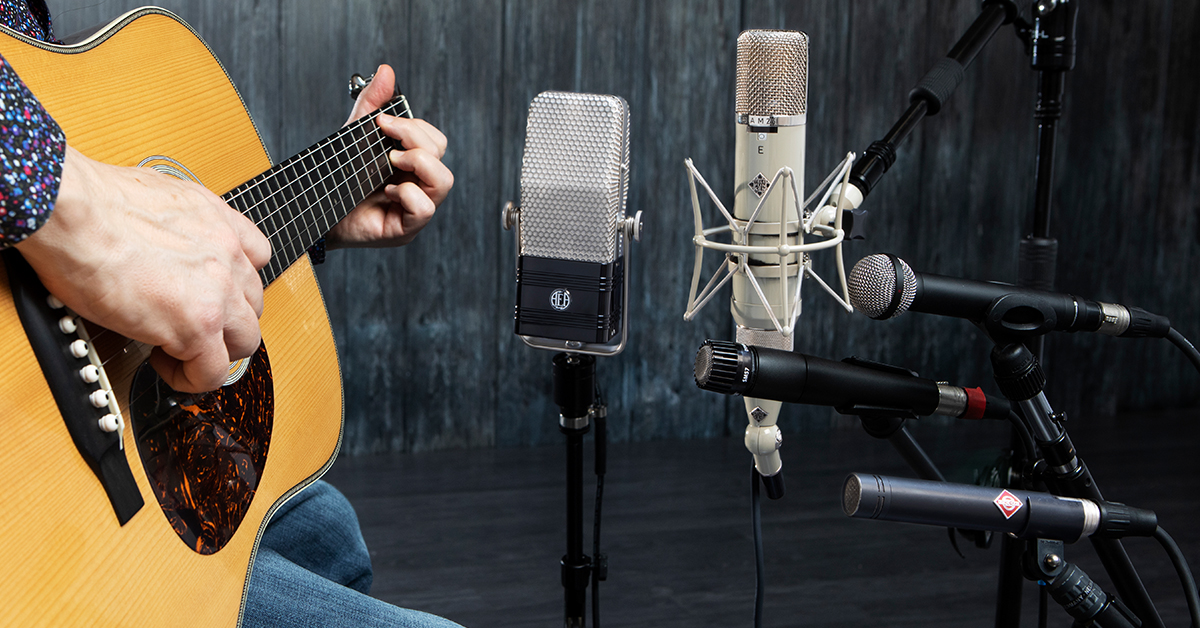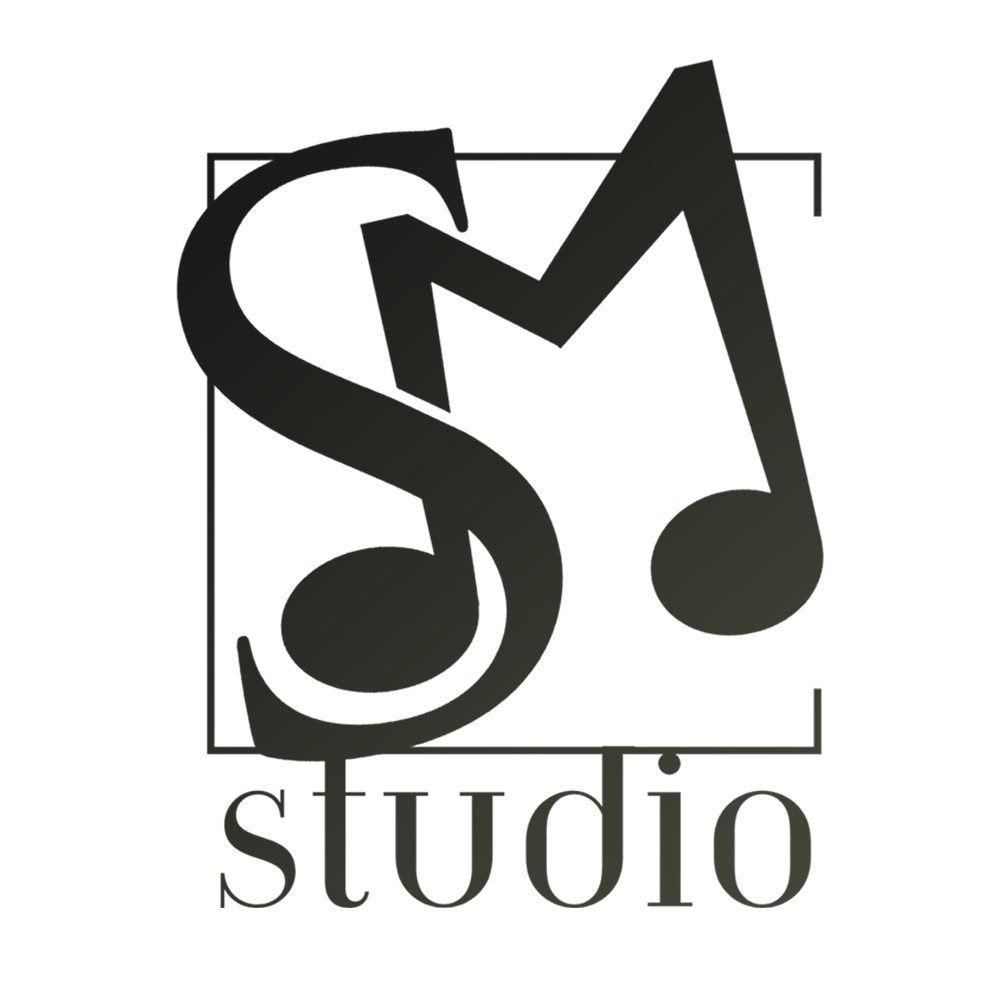
Acoustic Guitar Recording – Comprehensive Guide
Recording acoustic guitar in a studio setting can be a rewarding yet challenging experience. Capturing the warmth, richness, and nuances of this instrument requires careful planning, the right equipment, and a keen understanding of recording techniques. In this guide, we will take you through a step-by-step process to help you achieve professional-quality acoustic guitar recordings in the studio.
1. Preparation is Key:
Before hitting the record button, it’s crucial to spend some time preparing. Make sure your guitar is in optimal condition with fresh strings and a proper setup. Tune the instrument carefully and address any buzzing or unwanted noise. Consider using a humidifier if the environment is dry to maintain the guitar’s stability.
2. Choose the Right Guitar:
Different acoustic guitars have distinct tonal characteristics. Experiment with various guitars to find the one that suits the song and desired sound. Factors such as body shape, wood type, and age can significantly impact the tone.
3. Selecting the Right Room:
The room you record in plays a vital role in shaping the overall sound. Larger rooms tend to provide a more natural reverb, while smaller rooms can yield a more intimate and controlled sound. Experiment with placement to find the sweet spot that complements your acoustic guitar’s unique tone.
4. Microphone Selection and Placement:
Choose a high-quality microphone that complements the acoustic guitar’s characteristics. Popular choices include small-diaphragm condenser mics, large-diaphragm condenser mics, and ribbon mics. Experiment with placement by trying different distances and angles to find the best position that captures the instrument’s full range.
5. Stereo Techniques for Depth:
For a more immersive sound, consider using stereo recording techniques. Techniques such as the XY, ORTF, or spaced pair can add depth and dimension to your recordings. Experiment with mic placement and spacing to achieve the desired stereo image.
6. Signal Chain and Preamp Selection:
Pay attention to your signal chain, ensuring it complements the acoustic guitar’s natural tone. Experiment with different preamps and signal processors to find the combination that enhances your recording. A transparent preamp can provide a clean, accurate representation, while colored preamps may add character and warmth.
7. Avoiding Unwanted Noise:
Minimize background noise by choosing a quiet recording environment and using proper isolation techniques. Consider using noise gates if necessary, but be cautious not to compromise the natural decay and sustain of the acoustic guitar.
8. Monitor and Adjust:
Regularly monitor your recordings and make adjustments as needed. Pay attention to details such as mic placement, EQ, and compression settings to ensure a balanced and polished sound.
9. Post-Processing and Mixing:
After recording, dive into the mixing process. Use EQ to shape the frequency spectrum, add compression for dynamic control, and experiment with reverb and delay to create a sense of space. Carefully blend the acoustic guitar with other instruments in the mix for a cohesive and well-balanced sound.
10. Experiment and Trust Your Ears:
Ultimately, recording acoustic guitar is an art, and there’s no one-size-fits-all approach. Trust your ears and be willing to experiment with different techniques and equipment to find the sound that best complements your artistic vision.
Conclusion:
Recording acoustic guitar in the studio requires a combination of technical skill, artistic intuition, and careful attention to detail. By following the steps outlined in this guide and allowing room for experimentation, you’ll be well on your way to capturing the true essence of this beautiful instrument in your recordings. Remember, the key to a successful recording lies in a thoughtful combination of preparation, technique, and creativity.

